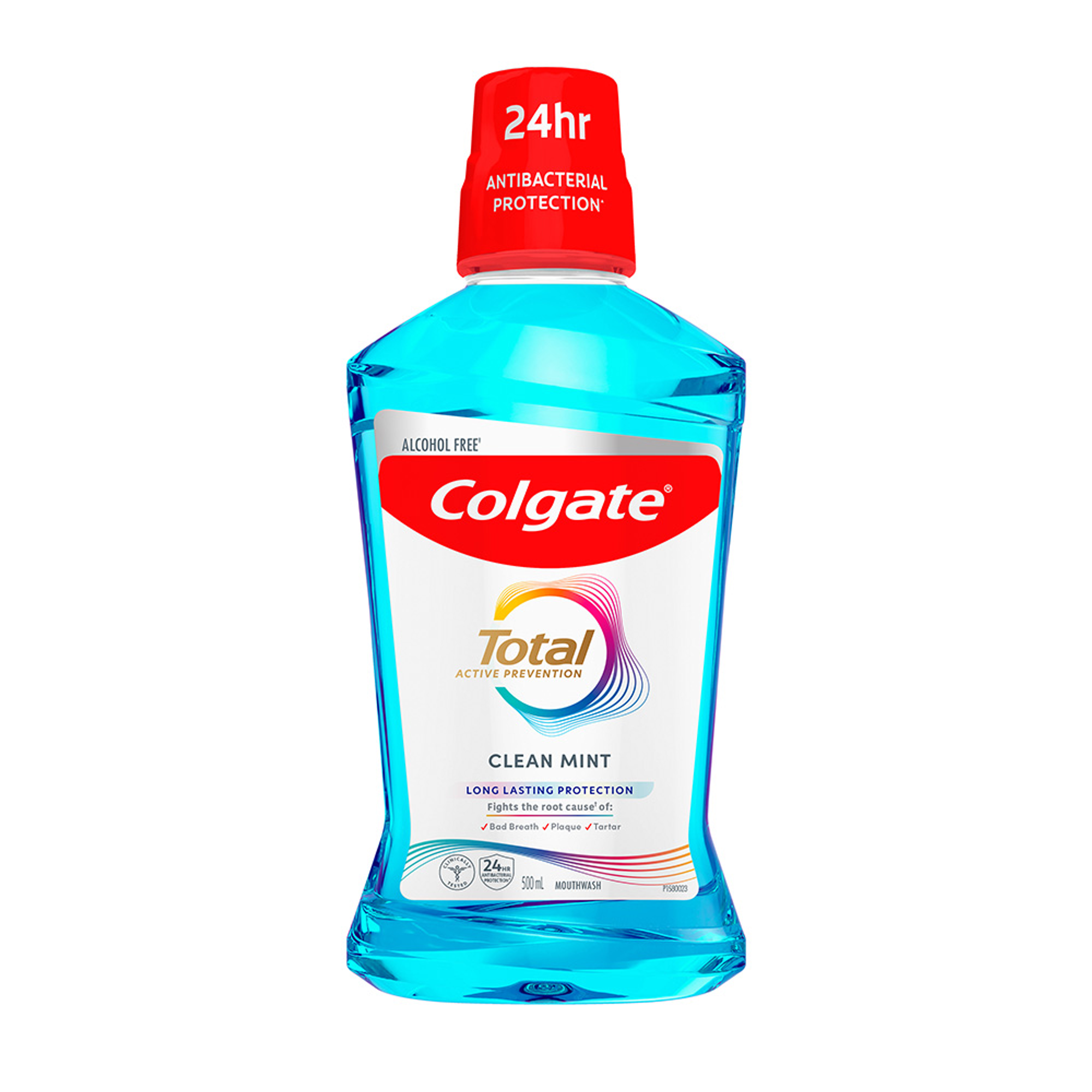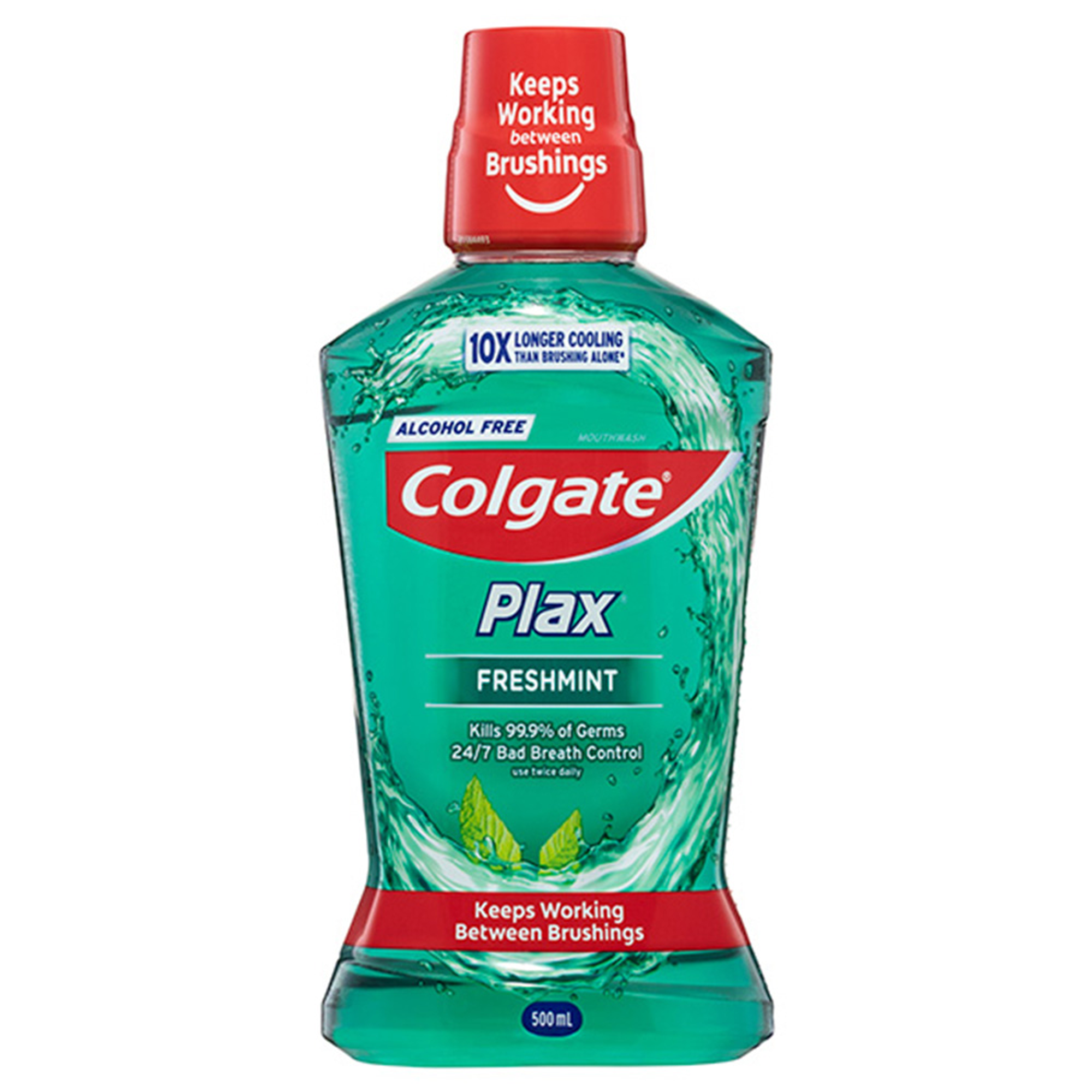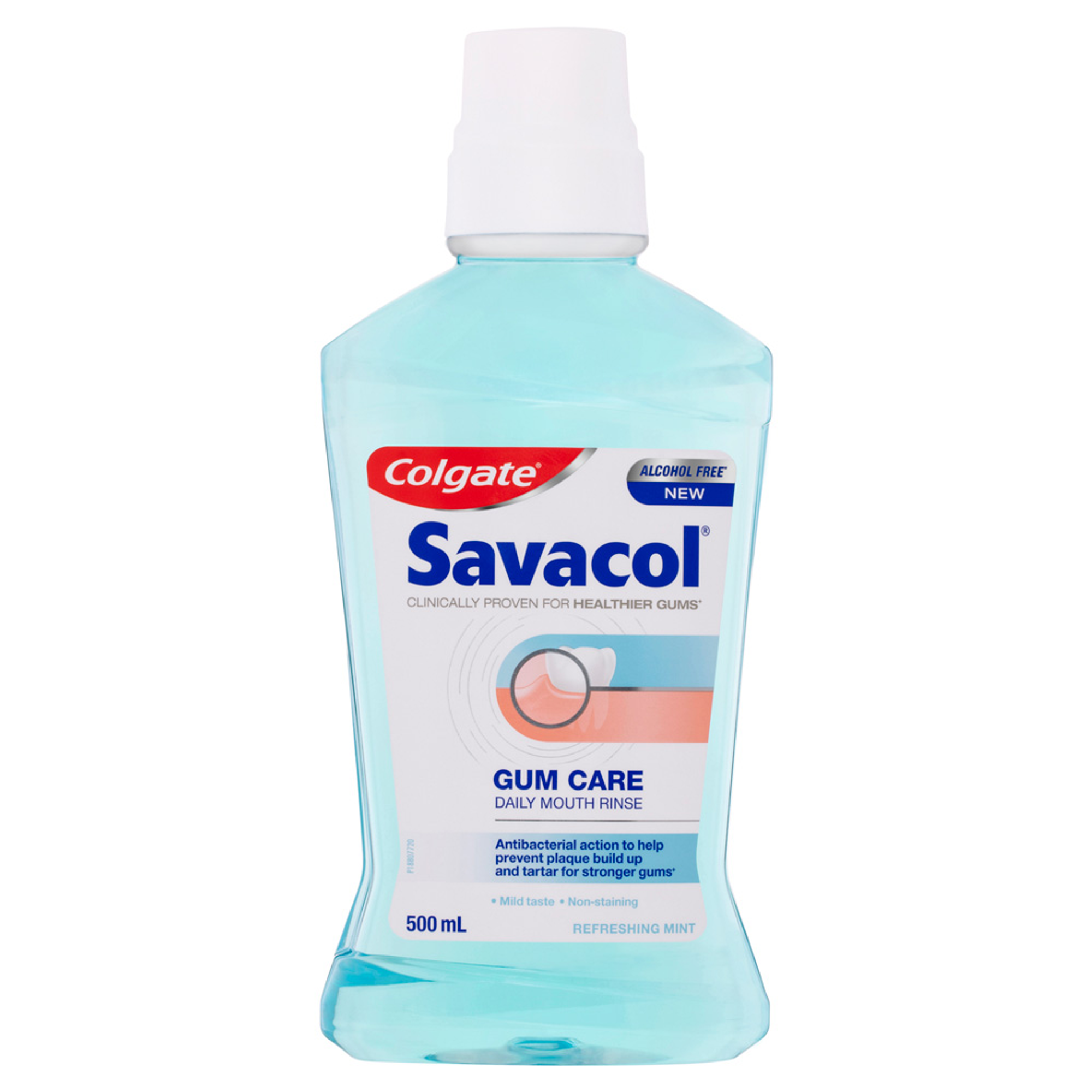
Wisdom teeth or third molars have the greatest variability in development, eruption times, tooth morphology and position. They are the last teeth to erupt and the teeth most often impacted due to lack of space. They make up 24% of all impacted teeth according to Cochrane systematic reviews (Mettes et al., 2020). They can be a pain - both figuratively and literally. Wisdom teeth emerge in the late teens or early twenties and their arrival is often accompanied by discomfort and complications such as inflammation, infection, impaction, periodontal disease, caries, resorption of adjacent tooth root, temporomandibular joint dysfunction, development of dentigerous cysts and tumors (Mettes et al., 2020). About 50% of impacted third molars are associated with some pathology (Shah et al., 2020). A major proportion of those may develop periodontal disease at some point in time during the patient’s lifetime because of difficulty in cleaning.
The decision to extract wisdom teeth is based on the presence or likelihood of developing disease. If an impacted third molar is asymptomatic, unerupted and disease free the decision is usually to leave and monitor (Kandasamy et. al., 2009). This decision is also true for asymptomatic, erupted and disease-free third molars. Lower wisdom teeth impaction is more common than upper wisdom teeth impaction. Moreover, more complications are associated with surgical removal of lower wisdom teeth than upper as the roots of the lower third molars can be close to the inferior alveolar nerve. Therefore a majority of referrals to specialists is for surgical removal of lower wisdom teeth. The most common type of impaction seen with mandibular third molars are mesioangular impactions (Shah et al., 2020). Less common are distoangular, horizontal, vertical and inverted.
Referral pathway - When to refer and when not to?
Complex surgical procedures are generally carried out by oral and maxillofacial surgeons either with sedation or general anaesthesia. Moreover, a complex medical history could also be a reason to refer (Coulthard et al., 2000). The place of referral could be hospital, oral and maxillofacial surgery service or a community/private specialist service (Coulthard et al., 2000). However, simple oral surgery services are often carried out in primary care. Surgery-minded dentists may do more complex dentoalveolar extractions in their clinics rather than referring to a specialist. Referrals to a specialist are based on difficulty but also on the level of skill and experience of the dentist as well as the equipment available in their clinics. Some services that are offered in primary care are minor oral surgery, sedation, general anaesthesia and CT scans. This has greatly improved the local access to specialist-type services, reduced waiting times for treatment and cost. Depending on the clinic the varied levels of expertise could also mean in-house referrals from one dentist to another. According to Lalli et al. (2019) when triaging referrals a large percentage were simple extractions.
Some key points to think about:
wisdom teeth evaluation between the ages 16-19 should be considered.
ideally wisdom teeth removal should be considered before the age of 20 when generally fewer complications will occur. At a younger age there is less surgical risk associated with removal of wisdom teeth such as pain, infection or dry socket and quicker postoperative recovery. An initial consultation is required to evaluate and assess the position/condition of the wisdom teeth along with a comprehensive examination, and radiographic information such as panoramic x rays, periapical x rays, or CBCT if appropriate (cone beam computed tomography) This information can be helpful in educating the patient and is required when making referrals.
if wisdom teeth are retained they should be regularly monitored for pathology.
it is important to recognise your knowledge base and professional competence when deciding not to refer. Knowledge and skills can be gained through experience and postgraduate training so cases that were referred early in the career can be managed more confidently later (Coulthard et al., 2000).
when choosing an oral surgery specialist consider the waiting list for consultation and treatment (Coulthard et al., 2000)
familiarise yourself with the referral process of specialist services and specialists. This can be helpful when referring patients to the most appropriate practitioner. Building good relationships with specialists and connecting with them on a regular basis keeps clinicians up to date
a good referral letter with the required information presented in a logical order prevents delays in triage and minimises waiting times for the patient. A good template always helps streamline this process.
- follow-up on referrals is also important. On the patient file pop-up notes are helpful reminders to check in on the referral process.
Coulthard, P., Kazakou, I., Koron, R., & Worthington, H. V. (2000). Referal patterns and the referral system for oral surgery care. Part 1: General Dental Practitioner referral patterns. British Dental Journal, 188(3), 142-145.
Kandasamy, S., Rinchuse, D. J. (2009). The wisdom behind third molar extractions. Australian Dental Journal, 54(4), 284-292.
Lalli, A., Slabbert, W., Killick, Z. J., Quartey, E., Marsden, P., Mumford, F., & Jones, J. (2019). Modelling clinical decision-making in triage of referrals for extraction. British Dental Journal, 226, 62-66
Mettes, T. G., Ghaeminia, H., Nienhuijs, M. E. L., Toedtling, V., Perry, J., Tummers, M., Hoppenreijs, J. M., Sanden. (2020). Surgical removal versus retention for the management of asymptomatic disease-free impacted wisdom teeth. Cochrane Database of Systematic Reviews, 5.
Shaari, R. B., Nawi, M. A. A., Khaleel, A. K., & AlRifai, A. S. (2023). Prevalence and pattern of third molars impaction: A retrospective radiographic study. Journal of Advanced Pharmaceutical Technology & Research, 14(1), 46-50.
Shah, P. A., Ahmed, B., Chang, D. J., & Fakitsas, D. (2020). Surgical extractions of wisdom teeth at Tufts University, USA according to UK’s NICE guidelines. Oral Surgery, 15, 11-16
Christine Murthi is an Oral Health Therapist graduated from Auckland University of Technology. Prior to this she obtained qualifications in pharmacology and secondary teaching from the University of Auckland. She has teaching/tutoring experience spanning more than ten years. Through this teaching experience combined with her diverse cultural background she has developed a passion for promoting diversity in clinical practice, overcoming communication barriers and connecting with the community. As a member of the Colgate Advocates for Oral Health: Editorial Community, her contributions to the dental community aim to promote good oral health for all and keeping a healthy smile for life.
Join us
Get resources, products and helpful information to give your patients a healthier future.
Join us
Get resources, products and helpful information to give your patients a healthier future.











